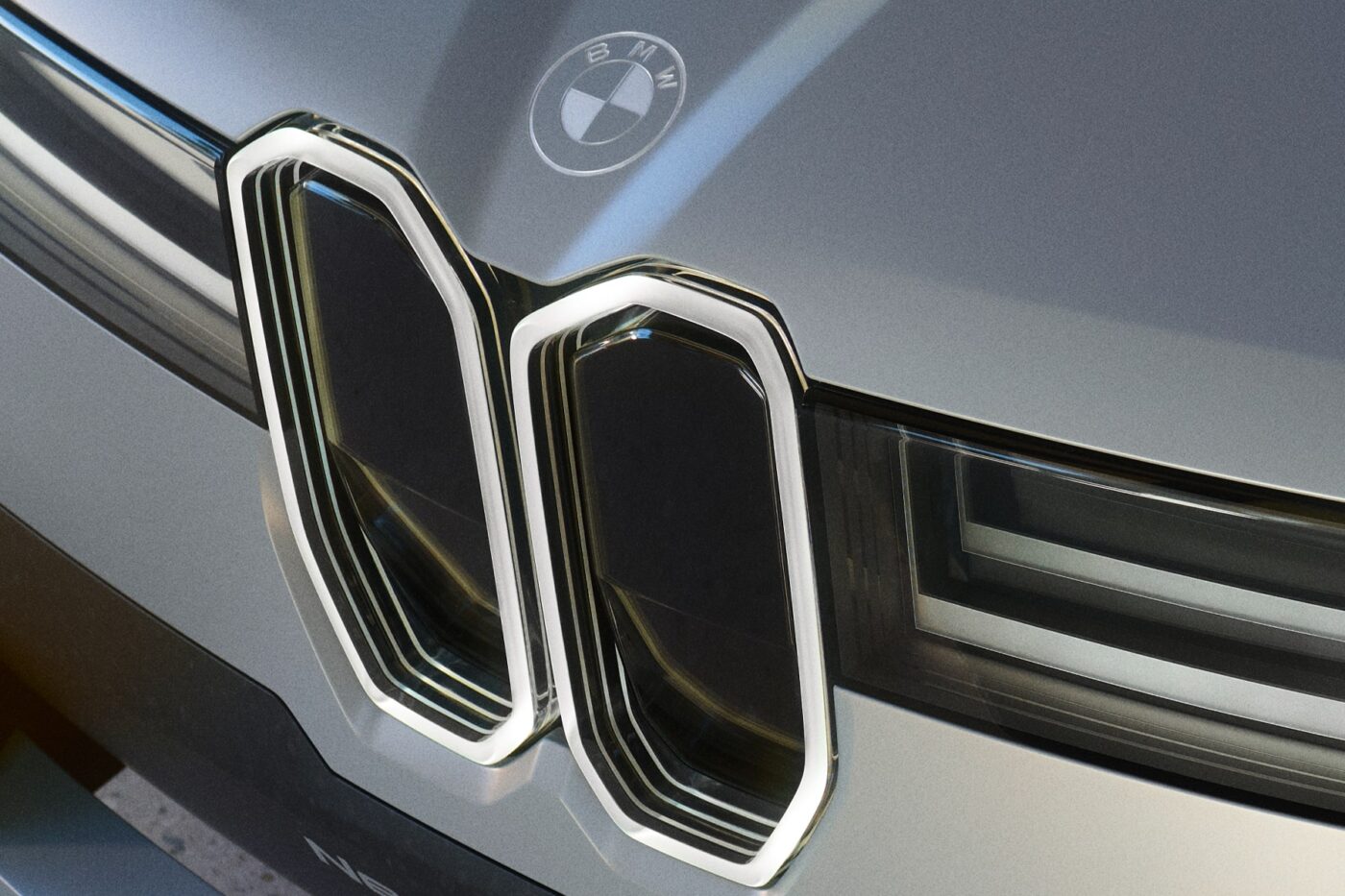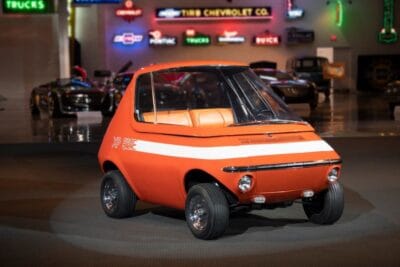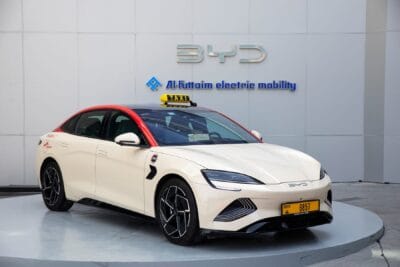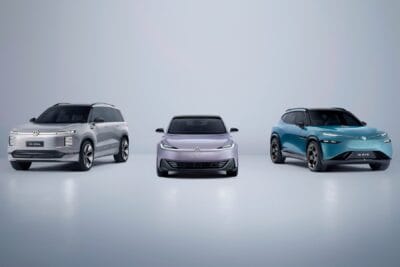BMW iX5 to utilise combustion engine platform
In the past, BMW managers have referred to the ‘Neue Klasse’ as a “cluster architecture,” which should theoretically be able to cover all of the Munich-based company’s model ranges from the 1 Series to the large 7 Series. This year, the new EV platform will start with the iX3 from the Debrecen plant before the Neue Klasse-based cars are rolled out with a total of six models in other plants in Europe as well as in Mexico and China. However, it was already clear a year ago that the first six models on the platform would mainly be vehicles with model codes 1 to 4 – specifically from an iX1 successor to the iX4 SUV coupé. The switch to the Neue Klasse was probably not planned until later for larger vehicles from model code 5 upwards.
It is now becoming apparent that in some cases the changeover may not even take place. The British magazine Autocar reports that the next generation of the X5, including the electric offshoot iX5, will be ‘based on an improved version of BMW’s Cluster Architecture (CLAR) platform’ – the multi-energy platform that already forms the basis for the X5, but also the i5, for example. We are talking about one of the most comprehensive development programmes “that BMW and its M department have ever carried out.”
iX5 to receive 800-volt system
There is no confirmation from Munich, but Autocar cites two possible and obvious reasons. Firstly, the X5 with combustion engines is still a very important model for BMW globally, so the variety of drive systems from pure combustion engines to plug-in hybrids and purely electric offshoots will also be retained in the successor from 2026. “Switching to the Neue Klasse architecture would have required the X5’s ICE powertrains to be heavily modified to fit into a platform built predominantly for EVs, resulting in excessive extra costs,” writes Autocar.
The second reason, according to the report, is production: both the X5 and the battery-electric iX5 will continue to be built together at the US plant in Spartanburg. Unlike in Europe, where Debrecen is planned as a pure electric car plant and even BMW’s main plant in Munich will soon only build electric cars in the Neue Klasse, there are no plans for a complete switchover in Spartanburg. It should therefore be easier and cheaper to build the electric version based on the modified CLAR instead of integrating a second platform into the plant. The fuel cell series model announced for 2028 is also to be based on the iX5 – and therefore also on the CLAR and not on the Neue Klasse. The small series of the iX5 Hydrogen based on the current X5 generation already uses this platform.
What is important, however, is that it is to be an improved version of the CLAR, which differs significantly from the current electric models based on this platform. This is because BMW will probably incorporate some features of the Neue Klasse vehicles into the modified CLAR. According to Autocar, this will involve both the electric drives of the sixth generation and the new battery features that are making their debut in the Neue Klasse cars. In other words, the iX5 will also have an 800-volt system and use large-volume round cells instead of the previous prismatic cells.
However, as more space is required between the axles for the correspondingly large batteries needed to meet the range requirements of customers, the wheelbase of the next X5 generation will probably be larger and the model will come close to the five-metre mark. BMW already has an SUV model in this size class on the market with the iX, which is built in Dingolfing and has just been redesigned. This suggests that the iX will be discontinued after just one generation and disappear from the market in 2028 – and the iX5 will then serve the segment on its own. With 800 volts and the sixth generation of electric drives, it has the more modern technology on board anyway.
BMW says goodbye to rigid platform logic
In addition to the X5, the associated X6 SUV coupé and the even larger X7 model are also built in Spartanburg. According to the production logic, the modified CLAR would also be the platform of choice here – even if no fuel cell version is officially planned. The second-generation X7 is due to be launched in 2027, while the fourth generation of the X6 is expected in 2028 – either for the premiere or shortly afterwards, probably with an electric offshoot.
In principle, however, BMW Board Member for Development Frank Weber indicates that the company will move away from the rigid platform logic towards more flexibility and technology transfers between the platforms. “We are in a phase where flexibility is required. We have to detach ourselves from how we have perceived platforms up to now,” Weber is quoted as saying by Autocar. “There is an increasing realisation that the art of mastering diversity in your portfolio lies in how you use and network major components – engines, motors, battery cells, on-board computers, control units, app functions, and software upgrades. It’s not so much the platform structure itself but the individual components and how you use them.”





0 Comments